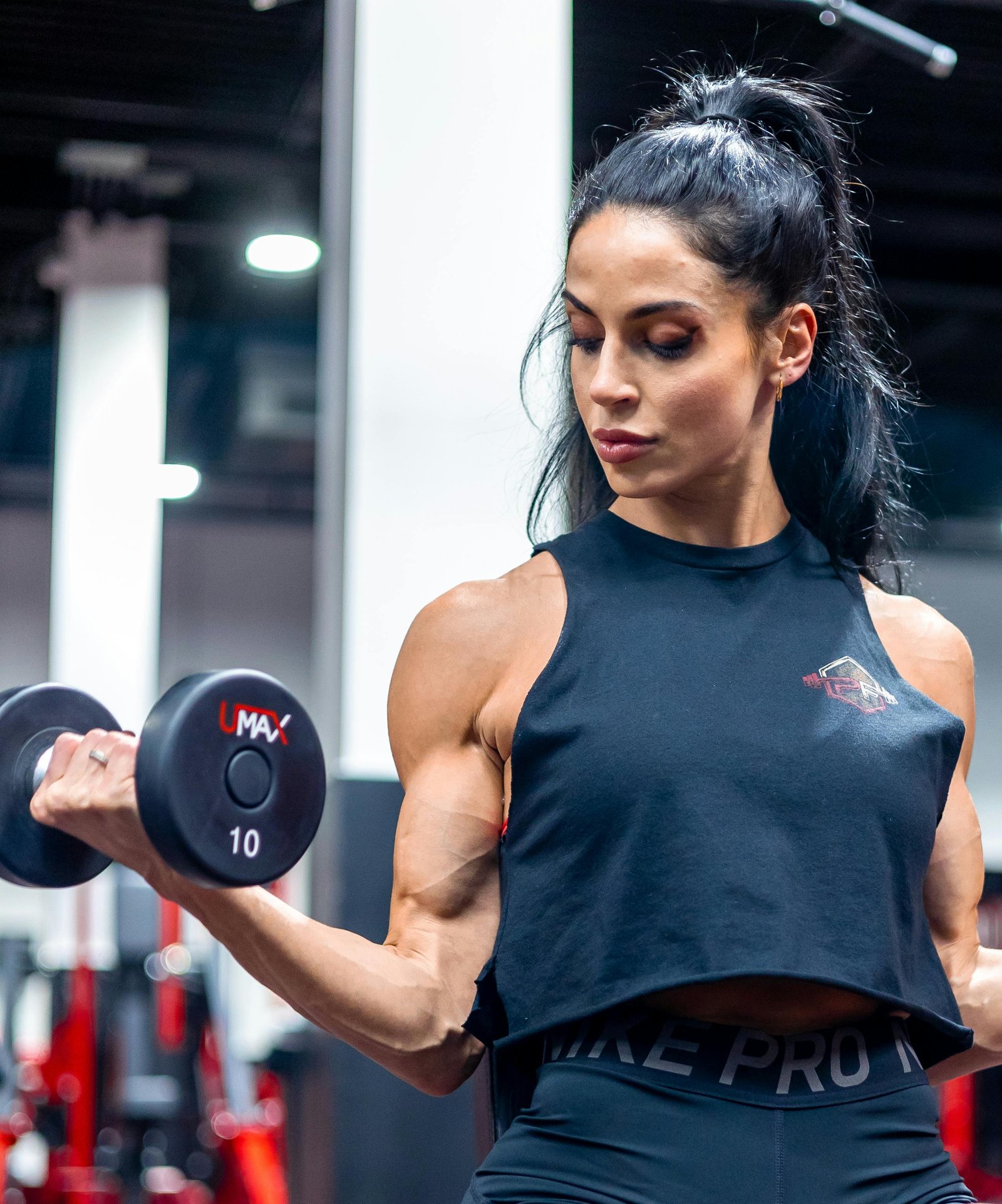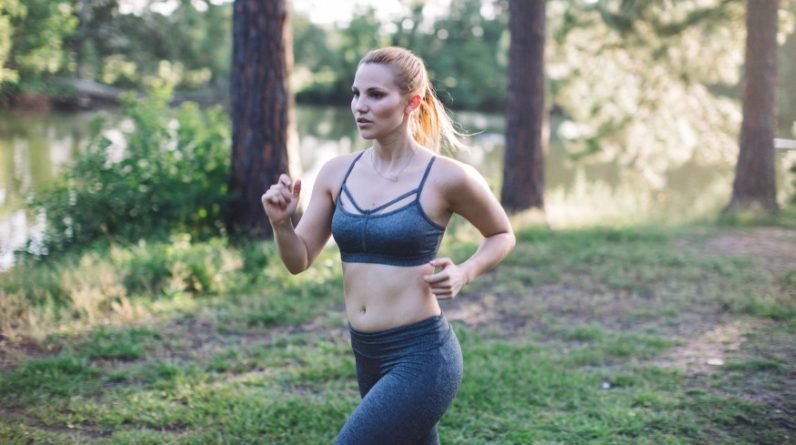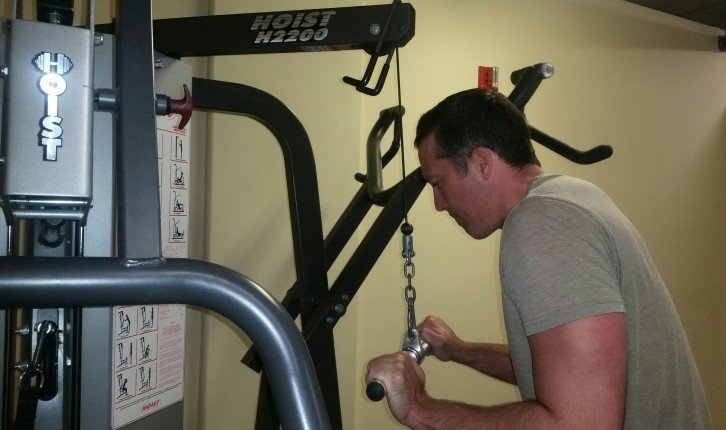
Home Gyms Can Save You Money and Time
Home Gyms Can Save You Money and Time. Not many people are concerned with physical fitness and exercise programs in our society. Either they don’t have time to spend a few hours or they just ignore them assuming that such programs do not give much help. The truth is that regular exercise keeps everybody energetic, vibrant and keeps our body free from many diseases. In old days men and women were indulged in strenuous tasks as part of their day to day work or routine. Now because of the widespread use of machinery and instruments for each and every task, physical involvement is almost nil even for very easy jobs. Thus special exercise centers, health clubs and gyms were developed to meet this specific requirement of people.

Home gyms can save you money and time—and that’s not just marketing hype. Between monthly gym memberships, commuting costs, and time lost waiting for equipment, traditional gyms can drain your wallet and your schedule. If you’re frustrated with overcrowded facilities or struggling to squeeze workouts into your busy day, creating a home gym might be the smart, long-term solution you’ve been looking for.
Why Home Gyms Are a Smart Investment
Setting up a home gym may seem costly upfront, but it’s a powerful money-saving tool over time. Think about this:
- No more membership fees (average $50–$100/month)
- Zero travel expenses—save on gas, wear and tear, or transit fares
- Time efficiency—a quick 30-minute workout doesn’t include 30 minutes of commuting
Over a year, those savings add up significantly—potentially thousands.
Cost Comparison: Home Gym vs. Gym Membership
| Expense | Traditional Gym (Annual) | Home Gym (One-Time) |
|---|---|---|
| Membership Fees | $600–$1,200 | $300–$1,000 |
| Transportation | $500+ | $0 |
| Hidden Fees (classes, lockers) | $100–$300 | $0 |
| Total | $1,200–$2,000+ | $300–$1,000 |
Convenience That Boosts Consistency
Skipping the gym becomes easy when it’s across town. But when it’s just steps away in your home?
- You save time daily—no dressing up or waiting in line
- You can exercise anytime, even at odd hours
- Workouts can be shorter, more frequent, and more consistent
This convenience supports habit formation, which is crucial for long-term health goals.
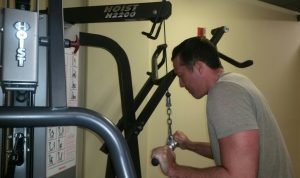
Home Gym Flexibility
You can customize your home gym to match your fitness level and preferences:
- Minimalist setup: resistance bands, yoga mat, kettlebells
- Mid-range setup: adjustable dumbbells, bench, cardio machine
- Advanced setup: squat rack, barbell set, power tower
It’s all about what works for you—and it can evolve over time.
Another overlooked benefit? Cleanliness. In your home gym:
- You control the environment—no shared equipment or germs
- You choose your own music, temperature, and vibe
- You avoid distractions and create a focused workout zone
These personal touches lead to a more enjoyable, stress-free experience.
FAQs: Your Home Gym Questions Answered
Q: Is a home gym suitable for small spaces?
A: Absolutely. Compact equipment like resistance bands, folding benches, or doorway pull-up bars fit well in tight areas.
Q: How much should I spend on my first home gym?
A: Start small—$200 to $500 can cover essentials. You can upgrade as needed.
Q: Can I get a full workout without machines?
A: Yes. Bodyweight exercises, resistance bands, and free weights provide comprehensive strength and cardio training.
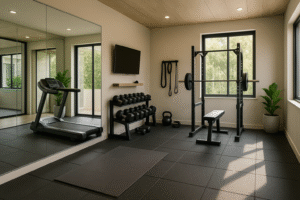
Start Saving Today With a Home Gym
When it comes to fitness, home gyms can save you money and time while giving you the freedom to work out on your terms. It’s an investment in your health, your time, and your future. Whether you build a full setup or start with a yoga mat and dumbbells, the power of consistency is right at home.
Almost every health club or gym is a busy place because setting up a good health club needs considerable investment and trained instructors. Another fact is that not all health clubs or gyms are open for 24 hours. There comes the necessity of home gym fitness equipments. With a good one or two home fitness machines you have all the comfort and freedom to do workouts you want to practice. The only requirement is your total involvement and dedication. Your time is saved, you don’t need to wait for your turn, no membership fees and there is extreme privacy.
The exercise machines may cost you something initially. The reward and benefit for that investment is more if you choose the right fitness equipments suited to your needs. The elder people, most women and even many busy adults prefer to choose home fitness machines because they can not easily go to a gym or health club as young adults. Many couples prefer to do workouts on a single machine and this is beneficial to both body and mind.
There are large varieties of exercise equipments and their design and specifications are changing day by day. The concept of choosing many types of equipment are also decreasing as the manufacturers tries to include the possibility of total body workouts on a single machine. Therefore now a good a treadmill or elliptical trainer may give you all the cardiovascular and aerobic exercises you want for achieving your fitness goals. For home fitness machines almost all manufactures offer special warranty conditions also.
15 FAQs for Home Gym: Everything You Need to Know Before Building Yours
Creating your ideal fitness sanctuary starts with understanding the 15 FAQs for home gym setups. If you’re tired of gym memberships, long commutes, or waiting for equipment, a home gym can transform your workout routine. But planning one can feel overwhelming—where do you start, what do you need, and how much does it cost?
Too often, people dive into setting up a home gym without the right guidance, leading to wasted money, cluttered spaces, and underused equipment. This guide answers the most frequently asked questions so you can avoid common mistakes, maximize your space, and invest wisely.
1. What Is the Minimum Space Needed for a Home Gym?
You can start with as little as 50–100 square feet, enough for essentials like dumbbells, a bench, and a yoga mat. For multi-equipment setups, aim for 150–200+ square feet.
2. How Much Does It Cost to Build a Home Gym?
Costs vary widely. A basic setup may cost $300–$500, while more advanced gyms with power racks and cardio machines can exceed $2,000. Budget based on goals and space.
3. What Are the Essential Home Gym Equipment Items?
Start with:
- Adjustable dumbbells
- Resistance bands
- Yoga mat
- Bench
- Pull-up bar
Advanced setups can include squat racks, treadmills, and cable machines.
4. Can You Build a Home Gym in an Apartment?
Yes, but focus on compact, low-noise equipment like resistance bands, foldable benches, and adjustable dumbbells to minimize disruption.
5. Is Flooring Important in a Home Gym?
Absolutely. Rubber flooring protects your subfloor, reduces noise, and provides traction. Foam tiles are a budget-friendly alternative for lighter workouts.
6. Do I Need a Mirror in My Home Gym?
Mirrors help you monitor form and posture, reducing injury risk and improving workout efficiency. They’re not essential, but they are recommended.
7. What’s the Best Cardio Equipment for Home Use?
Top options include:
- Treadmills (space-permitting)
- Rowing machines
- Spin bikes
- Ellipticals
For tight spaces, jump ropes and step platforms work well.
8. How Do I Keep My Home Gym Organized?
Use:
- Wall-mounted racks
- Storage bins
- Shelving units
- Pegboards for bands and accessories
Decluttering boosts motivation and safety.
9. What’s the Best Lighting for a Home Gym?
Natural light is ideal, but LED overhead lights with bright, daylight tones energize the space. Avoid dim or yellow lighting, which can sap motivation.
10. Is It Better to Buy New or Used Gym Equipment?
Used equipment can save money, especially for weights and benches. Just inspect carefully for wear, rust, or broken parts.
11. How Can I Stay Motivated Working Out at Home?
- Set specific goals
- Follow workout programs or apps
- Create a dedicated, inviting workout space
- Track progress visually
12. Do I Need Internet Access in My Home Gym?
If you stream workouts, yes. A stable Wi-Fi connection enables access to virtual classes, YouTube routines, and fitness tracking apps.
13. Should I Soundproof My Home Gym?
Optional, but recommended for apartments or shared homes. Use acoustic panels, rubber mats, or even thick curtains to reduce noise.
14. How Often Should I Clean My Home Gym?
Wipe down equipment after every session and do a deep clean weekly. Cleanliness improves air quality and extends equipment life.
15. Can I Build a Home Gym on a Budget?
Definitely! Focus on bodyweight exercises and inexpensive gear like:
- Resistance bands
- Jump rope
- Stability ball
You can always upgrade as your fitness journey progresses.
Whether you’re outfitting a full basement gym or carving out a workout corner in your bedroom, knowing the answers to these 15 FAQs for home gym can save you time, money, and stress. Start smart and grow your gym as your fitness needs evolve.


